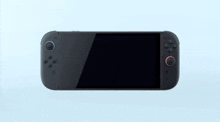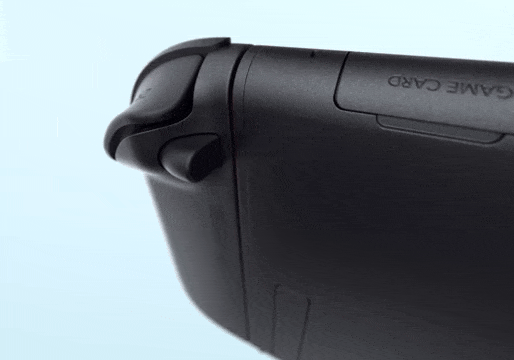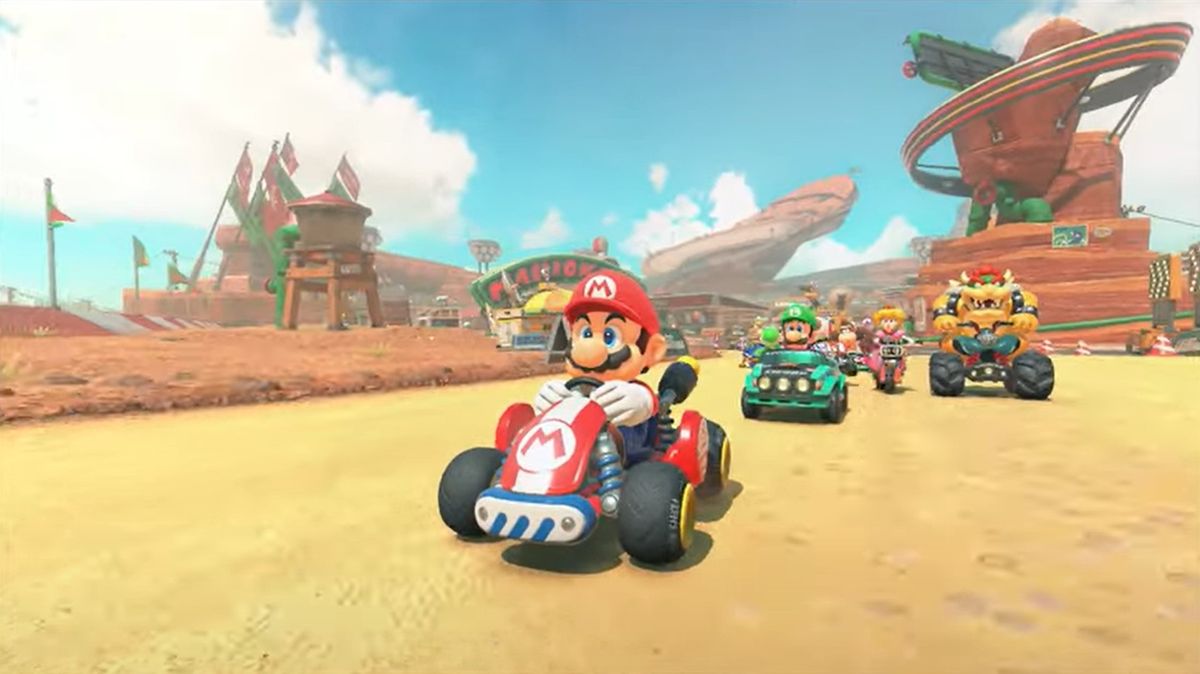Over the course of five years I posted 100 PTE poll threads, often fairly cyclical on subject and tongue in cheek. A short time after the threads came to an end they were relaunched as the similar BPX threads, another 100 poll threads that aimed to be less cyclical and steer more often into proper subjects. The threads ran over the course of eight years and came to an end just shy of a year ago. As the later threads came together I wanted to steer away from essentially steadily flooding the forum with polls for every subject that came up. After a cleansing run of time without a general gaming discussion thread of that nature, we're here...
Firing up the synapses of our gaming minds, electrifying the neurons to spark that good old blue skies thinking - exploring varying gaming topics of discussion we'll be crunching the data and discussing the past, present and future of gaming. You could call this mental approach...

Working in a similar way to the various news threads, I'll occassionally post with a new subject and update the title to reflect the current topic of discussion. This time there won't be polls, or hundreds of threads - just one home to a deeper dive exploration of various corners of this hobby, the broader impacts and events it experiences and our collective experiences and opinions.
Though new subjects will be posted on an irregular basis, it's an open forum for anyone to also post areas of gaming discussion or debate they want to also and the first subject will be arriving shortly.
Firing up the synapses of our gaming minds, electrifying the neurons to spark that good old blue skies thinking - exploring varying gaming topics of discussion we'll be crunching the data and discussing the past, present and future of gaming. You could call this mental approach...

Working in a similar way to the various news threads, I'll occassionally post with a new subject and update the title to reflect the current topic of discussion. This time there won't be polls, or hundreds of threads - just one home to a deeper dive exploration of various corners of this hobby, the broader impacts and events it experiences and our collective experiences and opinions.
Though new subjects will be posted on an irregular basis, it's an open forum for anyone to also post areas of gaming discussion or debate they want to also and the first subject will be arriving shortly.







Comment